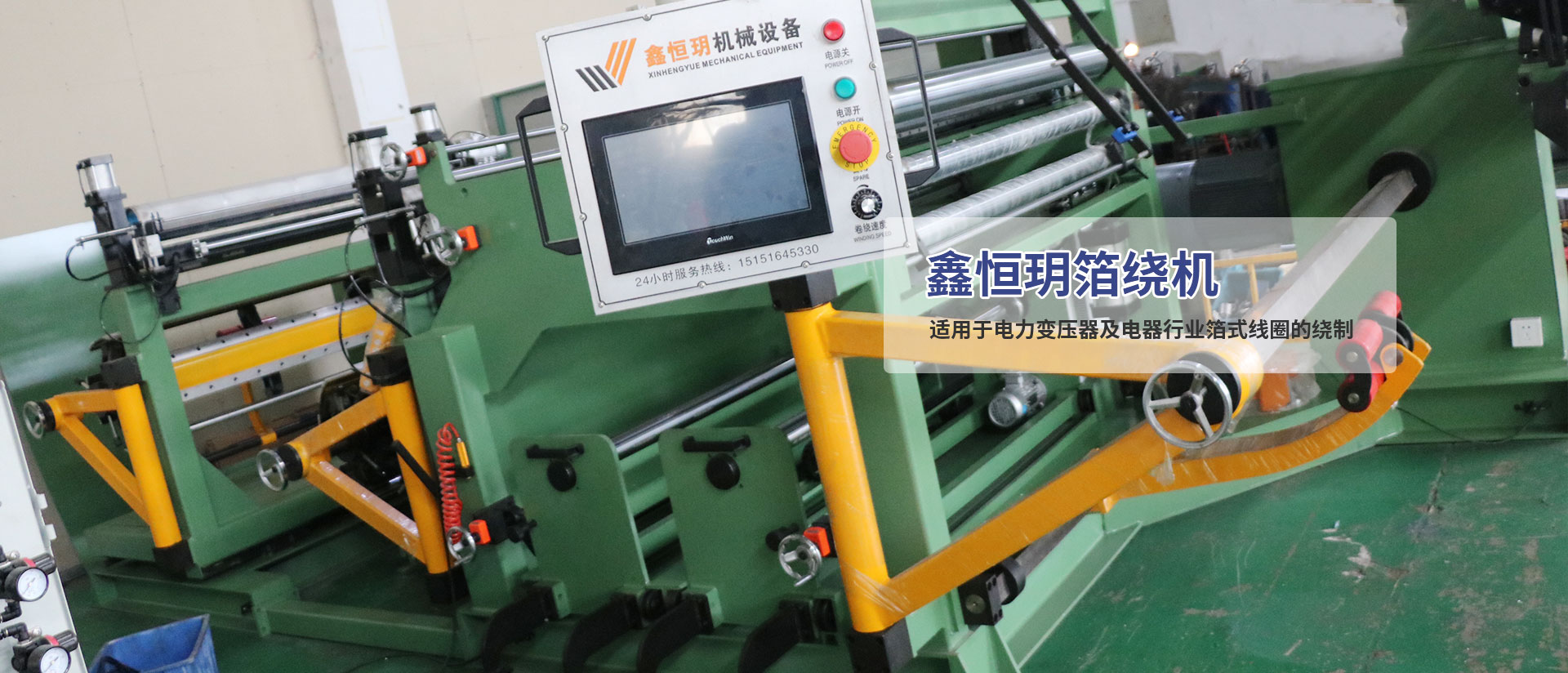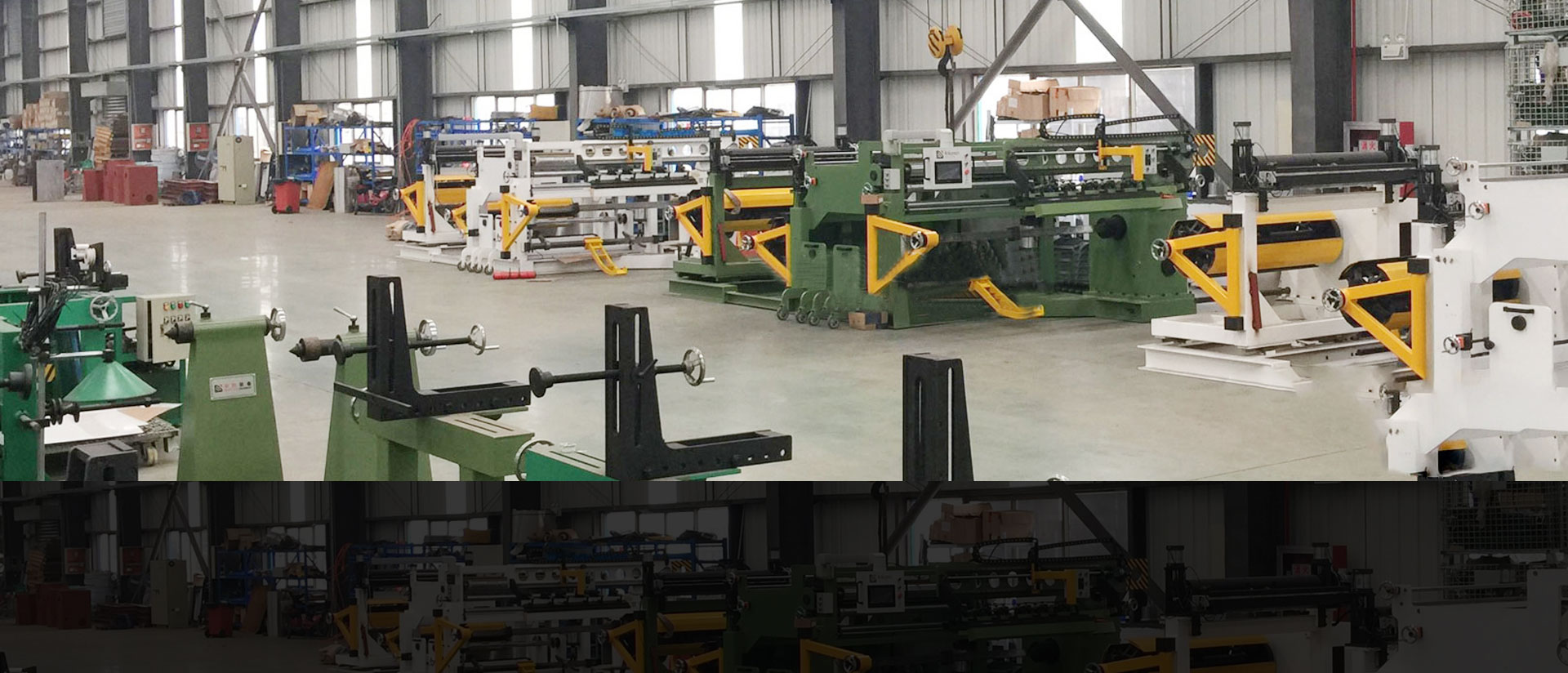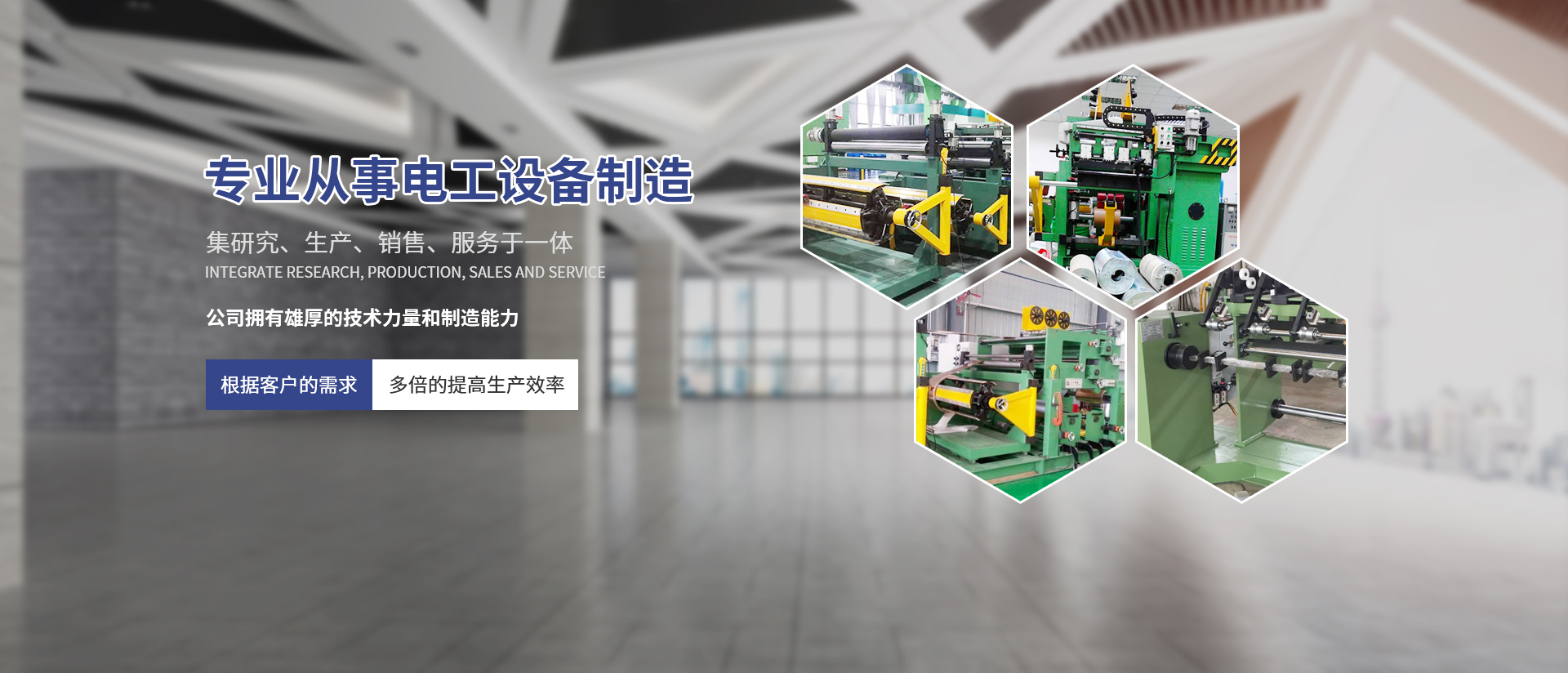News information
News
During the winding process, the automatic winding machine will hear a delicate sound of "hmm", which is the normal sound during the winding operation. When the shaft slides, you will hear the sound of "crackling" as the guide rail slides; Occasionally, there will be a sound of air pump bleeding. Overall, it sounds good and there will be no unpleasant noise. Experienced individuals can determine whether the winding machine is abnormal based on the sound of the process.
If the screws are not tightened or the parts need to be installed with screws, the inertia impact force of the winding machine parts during the working process may cause the parts to loosen, and in severe cases, there may be impacts. Therefore, when hearing the impact sound, it is necessary to quickly block the machinery and inspect the equipment; If the base of the winding machine is not heavy enough or the floor is not qualified, the winding machine will shake and make a "click" sound during operation. There is a lack of lubricating oil in the bearings, and there is a "hiss" sound in the bearing room of the winding machine; The steel ball inside the bearing is damaged and there is a "gurgling" sound during operation; Loose rotor parts, such as the inner blades of the cage rotor or the counterweight screws on the rotor shaft, can cause collisions in the winding machine; When the shaft is twisted or the bearings are worn, the winding machine will also vibrate and emit uneven conflicting sounds. The wear and tear of the paint caused two wires to be inserted, causing a "sizzling" sound. However, at this time, a short circuit has already been caused, which can seriously damage electronic components. Therefore, regular inspection and maintenance are more important than maintenance!
In the future development of skills, the primary trends in automation skills for winding machines are as follows:
1. Modular functional controllers will be widely used. The modular function controller can be flexibly configured according to the different functional requirements of the winding machine. Compared with PLCs, they have the advantages of strong accounting ability, convenient communication, and one level lower cost. The control requirements of the winding machine are relatively simple and fixed, making it very suitable for modular combination controllers. Nowadays, PLC and CNC specialized controllers are widely used in winding machines.
2. There are a wide variety of processing types for special types of development and customized coils, as well as a variety of wires and requirements used. Domestic manufacturers have chosen to give up on coils with special requirements. After several years of skill digestion and absorption, the technical strength of winding machine manufacturers has become stronger and stronger, making it much easier to handle models with special requirements. With the improvement of manufacturers' processing capabilities, the customization cycle is also shortening.
3. Large capacity and multifunctional models will be popularized. The common winding machines nowadays mainly focus on single head winding, with relatively simple functions. Multi head linkage winding will greatly improve the working power and output value of the winding machine. This type of planning can effectively reduce the level of equipment clutter, increase driving power, facilitate process adjustment, and reduce maintenance. Now, the multi head linkage skill has been used for the processing of electromagnetic coils, motor coils, and ballast coils. The winding machine is a process of coil processing, and future development will inevitably integrate various functions to achieve fully automatic coil processing, detection, and completion of various auxiliary processes.



